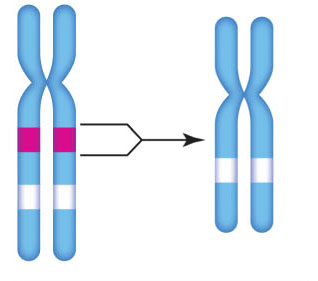Eukaryotes:
a. share all of their genes with archaea.
b. share all of their genes with bacteria.
c. share more information genes with archaea and more metabolic genes with bacteria.
d. share more information genes with bacteria and more metabolic genes with archaea.
C
You might also like to view...
Which of the following statements in TRUE?
A. Many active genes are found in euchromatin, because proteins involved in transcription can easily access these regions of DNA. B. Euchromatin, found in interphase cells, is readily visible and easily viewed. C. A region of DNA is either heterochromatin or euchromatin, it cannot go back and forth between the two forms. D. When DNA is being replicated, the chromosomes are composed chiefly of heterochromatin. E. All choices are correct.
What is a leaf blade attached to a stem by a stalk-like structure?
A) internode B) stoma C) petiole D) node
The medication known as mifepristone, or RU-486, acts by
A. preventing an egg from maturing and being released-essentially a stronger regular birth control pill. B. killing sperm as they enter the female reproductive tract. C. destroying the embryo which in turn causes a spontaneous miscarriage. D. blocking the progesterone receptors of cells in the uterine lining and causes the loss of an implanted embryo. E. preventing development of a uterine lining.

A. Inversion B. Deletion C. Duplication D. Translocation E. Aneuploidy